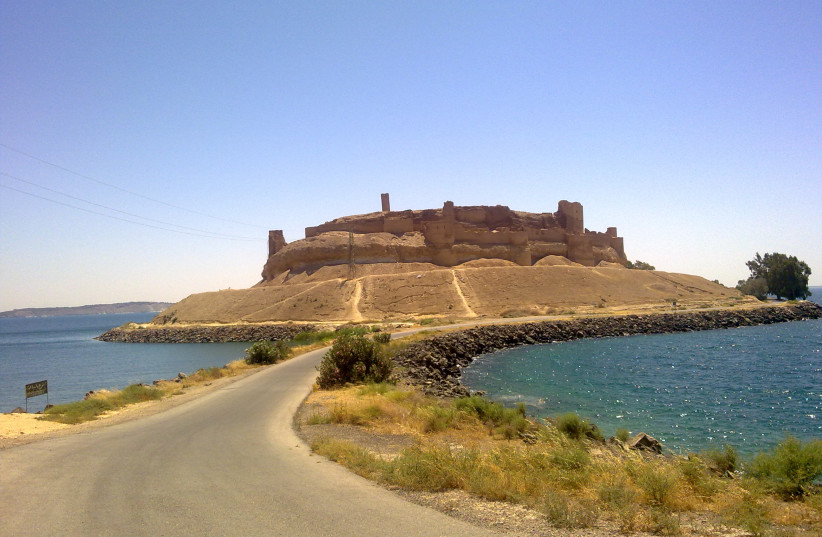Alexia Smith of the University of Connecticut and colleagues present findings in the journal PLOS ONE that challenge the belief that plant cultivation came before animal management. There is a theory that, between 12,300 and 12,800 years ago, hunter-gatherers took care of small animals at Abu Hureyra, Syria. The researchers' findings prove to be evidence of this theory, as they found tiny crystals in ancient animal dung.
“The general understanding remains that cultivation began first, tethering people to the land, and that herding followed,” writes Smith. “The research outlined here raises questions regarding this trajectory.”
“The general understanding remains that cultivation began first, tethering people to the land, and that herding followed. The research outlined here raises questions regarding this trajectory.”
Alexia Smith
What is Abu Hureyra?
Abu Hureyra is an archeological site that was inhabited for thousands of years. Researchers have exercised extensive study on its transition from hunting and gathering to farming and herding. However, the specific timeline still remains fairly undetermined.
Smith and colleagues hoped to discover more regarding the extent of early animal management practices, including how they may have come before herding. In order to do so, they turned to ancient animal poop.
Why poop?
“Observations of dung, when carefully considered alongside archaeological and zooarchaeological data, provide a means for exploring the temporal depth of these elusive behavioral roots and examining the co-presence of people and animals on archaeological sites,” Smith writes.
The researchers searched the poop at Abu Hureyra for tiny calcium carbonate clumps, also known as dung spherulites.
After considering the evidence with other archaeological, archaeobotanical, and zooarchaeological evidence, Smith and colleagues suggest that those who occupied Abu Hureyra 12,300 and 12,800 years ago burned dung as fuel and may have held animals outside where they dwelled, which would require animal management.
Further evidence suggests that later, during the Neolithic period, inhabitants used dung to prepare plaster floors as well as for fuel.
“We were surprised when we realized that hunter-gatherers were bringing live animals to Abu Hureyra between 12,800 and 12,300 years ago and keeping them outside of their hut,” Smith writes. “This is almost 2000 years earlier than what we have seen elsewhere, although it is in line with what we might expect for the Euphrates Valley.”
These findings contribute to the evidence that people may have started creating practices for animal management before or during plant cultivation development.
“Until recently, it has been hard to find a method that would allow archaeologists to examine the very earliest experiments with animal tending prior to fully-fledged animal domestication and herding, so it is really exciting to see that remnant of animal dung can help us track the differing ways that people interacted with animals early on,” Smith wrote.

